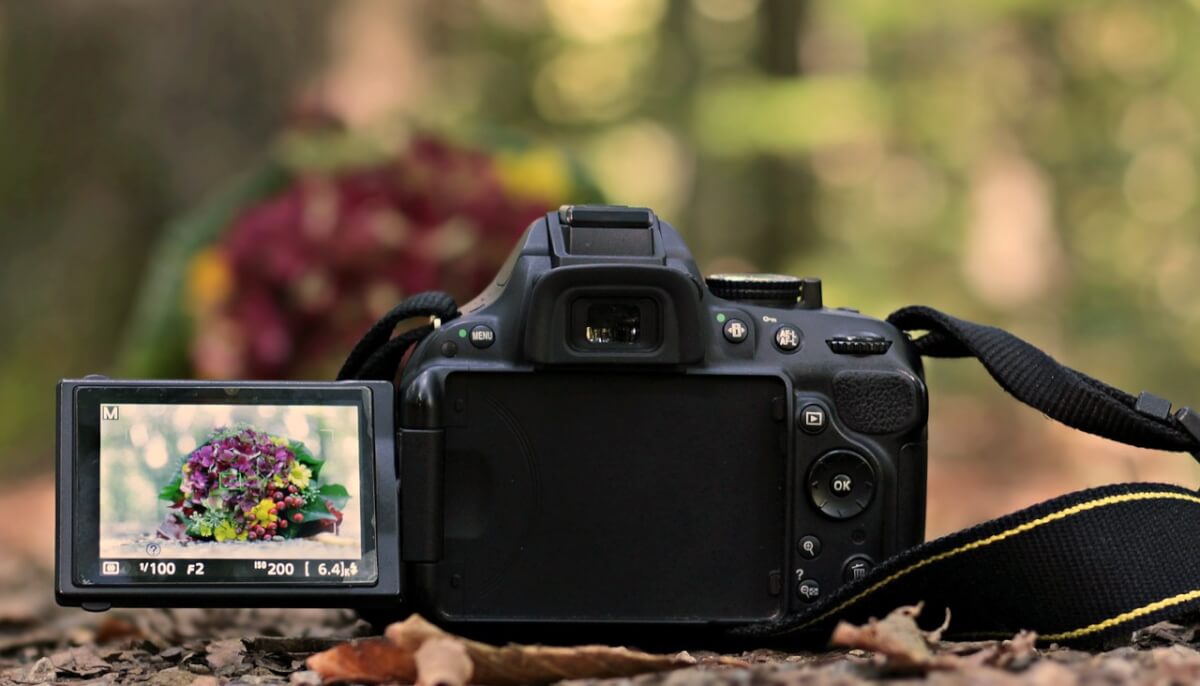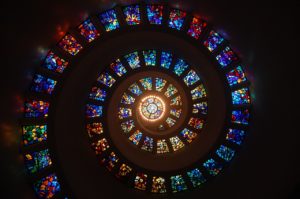Learn the best techniques for turning your digital photographs into gorgeous prints.
Shoot with printing in mind
Image resolution refers to the number of pixels in an image. Measured in megapixels (MP), matching the resolution to the print size will help you get crisp and clear digital photo prints.
Most digital cameras offer a range of resolution settings, but if you intend to make prints larger than wallet size, shoot at a higher resolution. While high-res pictures take up more space on your digital camera’s memory card, shooting big guarantees that when the magic strikes, you’ve captured the picture at the highest quality level. And it gives you the most flexibility. So whether you want to crop the picture to highlight a special feature or print at a large size, you’ll have plenty of detail to work with.
How high should you shoot? A 4-6 MP photograph should be high enough to produce a good quality print in popular 4″x6″ or for 5″x 7″ prints.
JPEG is the most common photo format, well suited for online and email use, as well as most printing needs.
Some cameras let you change the format you shoot in to TIFF or RAW, which are ideal for large format printing and prints made from cropped photos since they have the least amount of compression. The benefits of these formats is that you’ll get clear prints even in large sizes, with the downside being that your photos will take up a lot more space on your memory card. They can be converted to JPEG, however, so you can compress them to a smaller size.
Check your camera’s manual to see if you can change the format.
Paper and ink make a quality print
Every piece of art needs a sturdy canvas and high-quality materials. The same goes for your photographs.
For first-class photo prints, always use photo paper, never regular paper. Black and white photographs tend to look sharper and richer when printed on matte paper, while the subtleties of color photographs are best suited to high gloss photo paper.
As far as ink goes, it’s a good rule of thumb to use ink produced by the same company as your printer. And while refills might save you money when printing documents, they are not suitable for photo printing. Any savings you might enjoy will be overshadowed by wasted photo paper.
It takes high-quality paper specifically designed to work with your ink to create vivid, long-lasting photographs that will stand the test of time. Keep in mind how you intend to display your photos, and then look for paper that best suits your needs. For example, some ink and paper combinations are specially engineered to be water and smudge resistant, while others are designed with optimum fade resistance in mind.
Before you frame a photo or add it to a scrapbook, give it enough time to dry. Most inks and papers dry within an hour or so, but it’s best to allow the print to dry for about 24 hours just to be sure.
Print for the frame
The relation of the height of your picture to its length is called the aspect ratio. Prints from film have an aspect ratio of 3:2, which is a rectangular shape. You’re probably familiar with it since it has been the standard for decades.
However, almost all digital cameras produce an image with a 4:3 aspect ratio (closer to a square). The reason for this is that the first digital cameras were meant exclusively for use with computer monitors, which have a 4:3 ratio.
Most of the photo frames are manufactured to meet traditional film sizes (4″x6″, 5″x7″, 8″x10″, and so on). Likewise, most photo labs print in these sizes. This means in order for your digital prints to fit, they will have to be cropped slightly.
The difference between 4:3 and 3:2 isn’t huge. So just keep in mind how much your photo will be cropped when you print it. Then, when you shoot, add room at the top and bottom of horizontal photos, or on the sides for vertical pictures. Then you can crop out the extra for a perfect fit.
Print smart
A print is only as good as your printer. A beautiful photograph can look dull, flat, or blurry if your printer isnt set correctly.
The paper settings on your printer control the amount of ink used on the paper, so use the setting that matches your photo paper. When you find a setting that works for a particular paper type, make note of it so that you’ll be able to get the same results when using that type of paper again.
You can designate the quality of the print, depending on what you’re printing.
Choose Best quality for most photos and Normal for wallet-sized.
Follow these steps to adjust print settings. These may vary depending on the computer you use (PC or Macintosh), so double check your manual. Typically, the Print Quality can be found in the Control Panel area for Printers.
Before you print, however, be sure to preview your prints. Simply select File > Print Preview. Hit Esc to return to the normal view. This way, you never have to waste paper, ink, or time on imperfect prints.
Also, make it a habit to run your printer’s cleaner function every other month to prevent streaking.
Update your printer’s software drivers
A printer driver is software that serves as a translator. It allows your computer and printer communicate correctly.
It’s important to use the latest driver available for your printer. Drivers help fix problems and improve printer performance. Look for the latest drivers at your printer manufacturer’s website. You can download them for free.
You can even experiment with your printer driver software. The driver interface pops up when you print, allowing you to adjust the resolution and color settings (the driver usually chooses these settings automatically). Tinkering with these setting can often produce a higher-quality photo print.
Submitted by:Dale BasyeDale Basye, part of the Curiosity Group (http://www.curiositygroup.com) in Portland, Oregon, writes frequently about digital photography.Discover great resources for learning about photo printers. |






